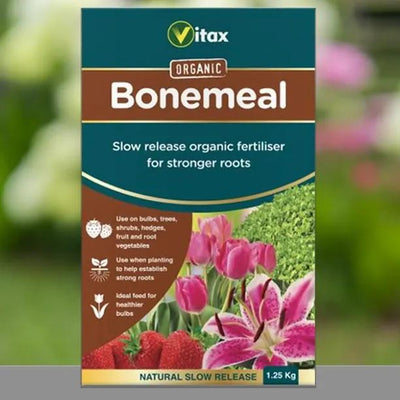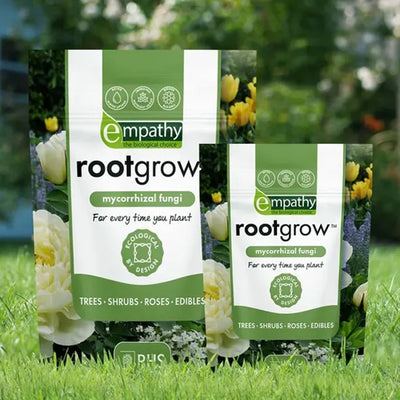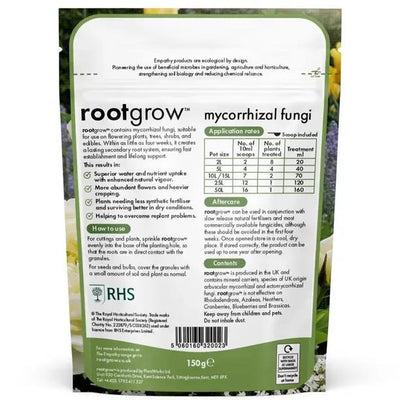Ellisons Orange Apple Trees
'Ellisons Orange' ellison's Orange apple is a traditional English dessert apple, with an orange flush on a green background. Its flavour is exceptional, very juicy, with soft flesh almost like a pear. Its aromatic flavour develops a distinct aniseed hint in perfectly ripe fruit.
Ellison's Orange has stood the test of time for more than a century, as it combines the best attributes of its parent Cox with better disease resistance and cold tolerance.
It has eye-catching pale-pink blossom in spring and fruit ripens mid-season (September to October: the flavour tends to go downhill towards the end of their season). They're best eaten fresh, and do not store well.
Browse our range of apple trees.
Garden Design Ideas
If you're short of space, Ellison's Orange is a good choice, as it's partially self-fertile, so it'll bear a crop without other apple trees nearby but the yield will be much bigger if a tree from a compatible group is in range. It's in Pollination Group D, so any different trees nearby in Pollination Group C, D or E will certainly enhance the crop. Use our Pollination Checker for Fruit Trees for help.
Ellison's Orange makes a good alternative to Cox's Orange Pippin, which is unsuitable for growing in the north, at altitude or in frost pockets due to poor frost and disease resistance. It also has good resistance to apple scab.
It'll grow up to 3m but can be pruned annually to keep it more manageable. This apple tree is suitable for growing in a large container on the patio which will restrict height.
Features
- Use: Eating straight from the tree - distinct aniseed flavour
- Pruning: Partial tip-bearer
- Pollination: Partially self-fertile
- Pollination Group: D
- Picking: Mid-September to mid-October
- Colour (apple): Green with an orange flush and white, soft juicy flesh
- RHS Plants for Pollinators
- RHS Award of Garden Merit

 Secure, One-Tap Checkout
Secure, One-Tap Checkout
 Hand Picked, Delivered to Your Door!
Hand Picked, Delivered to Your Door! 1 Year Bareroot Guarantee
1 Year Bareroot Guarantee

















